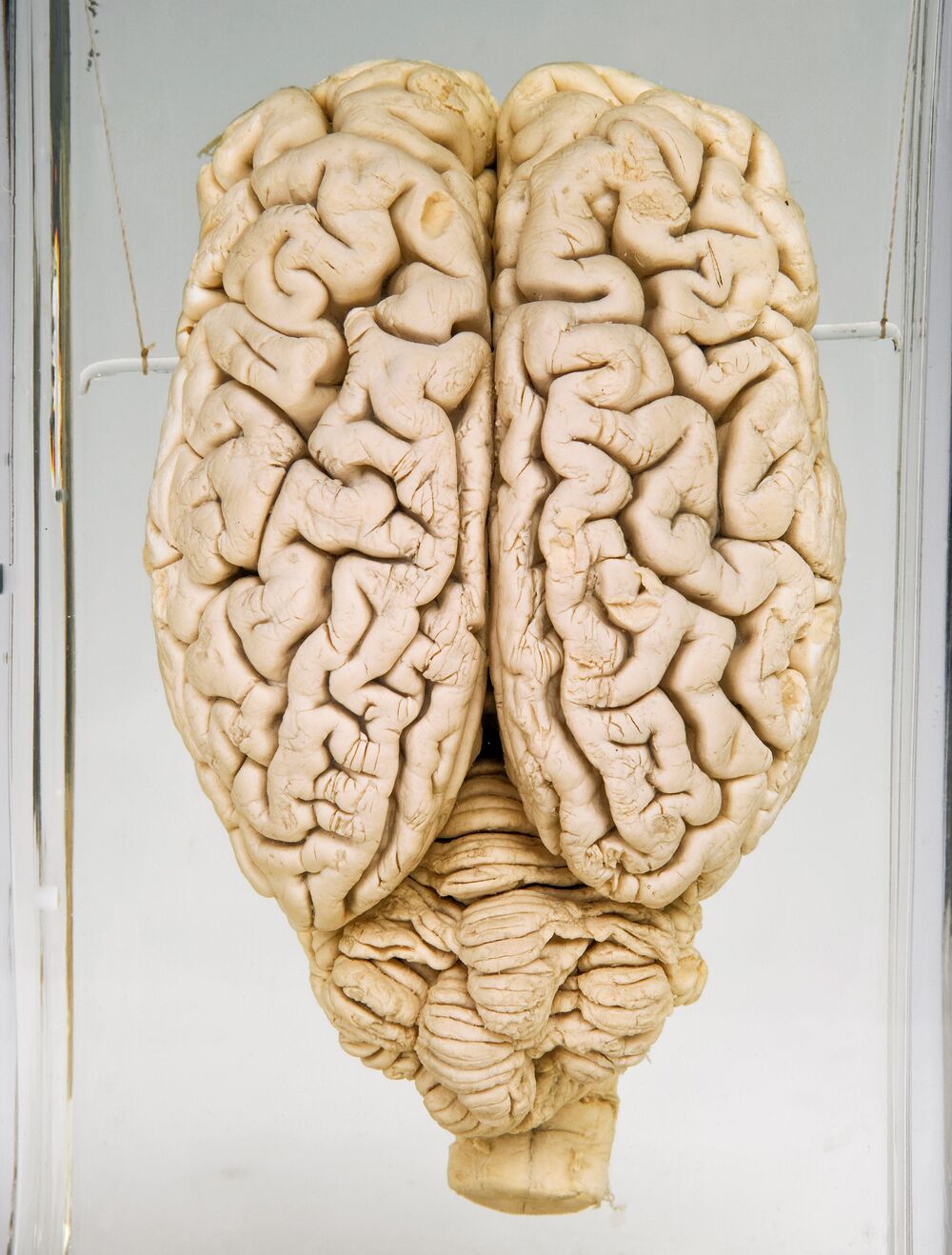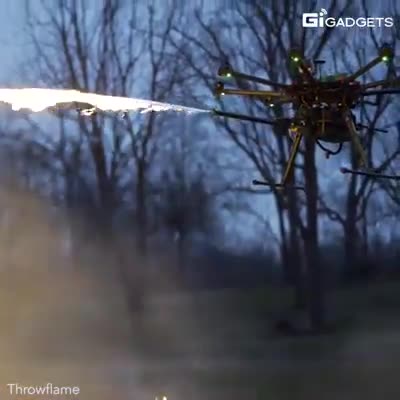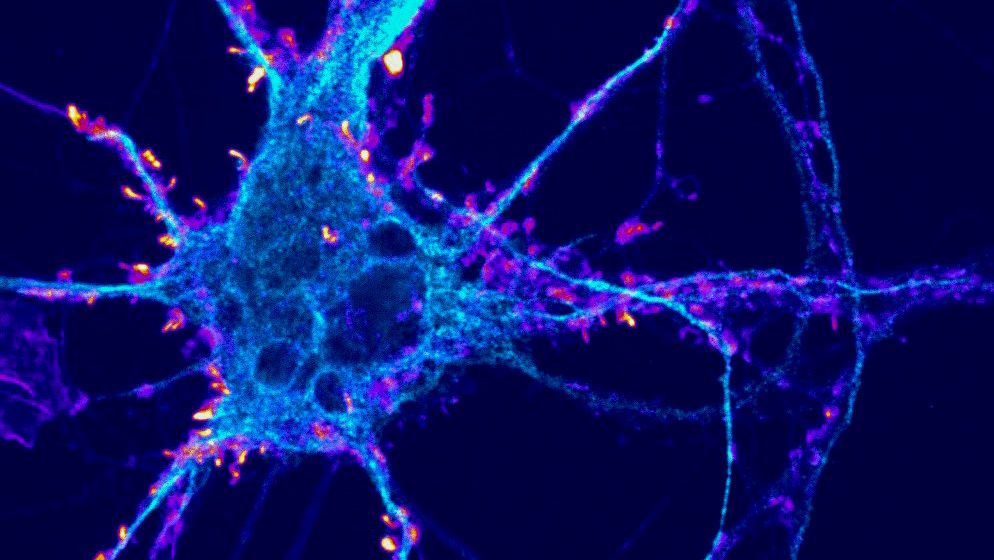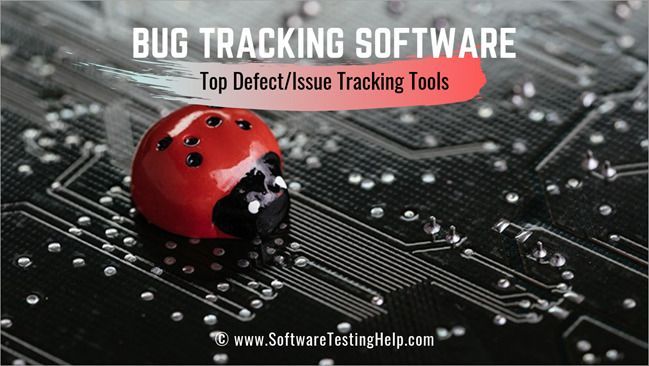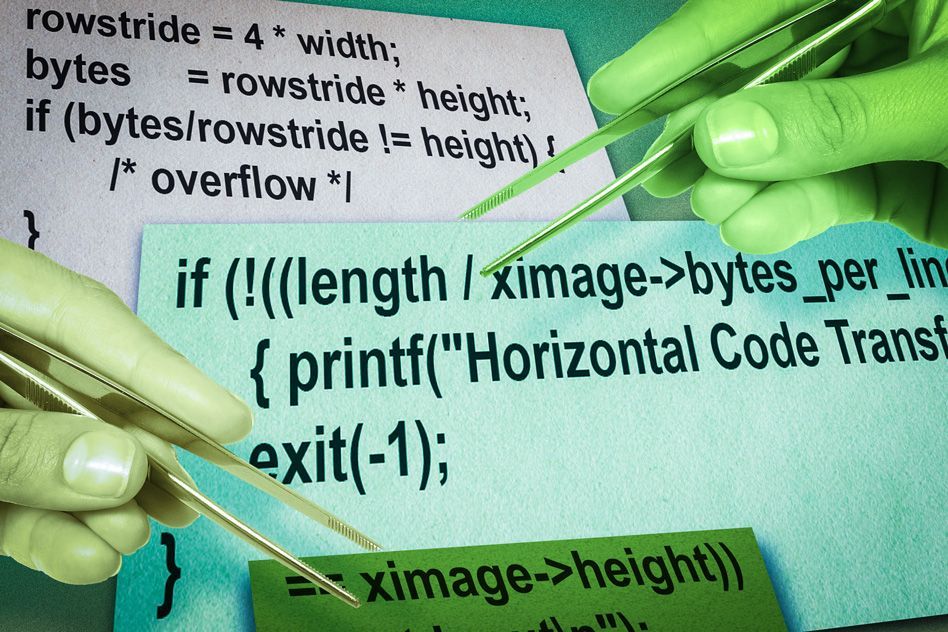Simone Pika and colleagues tested the cognitive skills of eight hand-raised ravens at four, eight, 12 and 16 months of age using a series of tests. The skills the authors investigated included spatial memory, object permanence—understanding that an object still exists when it is out of sight—understanding relative numbers and addition, and the ability to communicate with and learn from a human experimenter.
The authors found that the cognitive performance of ravens was similar from four to 16 months of age, suggesting that the speed at which the ravens’ cognitive skills develop is relatively rapid and near-to-complete by four months of age. At this age ravens become more and more independent from their parents and start to discover their ecological and social environments. Although task performance varied between individuals, ravens generally performed best in tasks testing addition and understanding of relative numbers and worst in tasks testing spatial memory.


